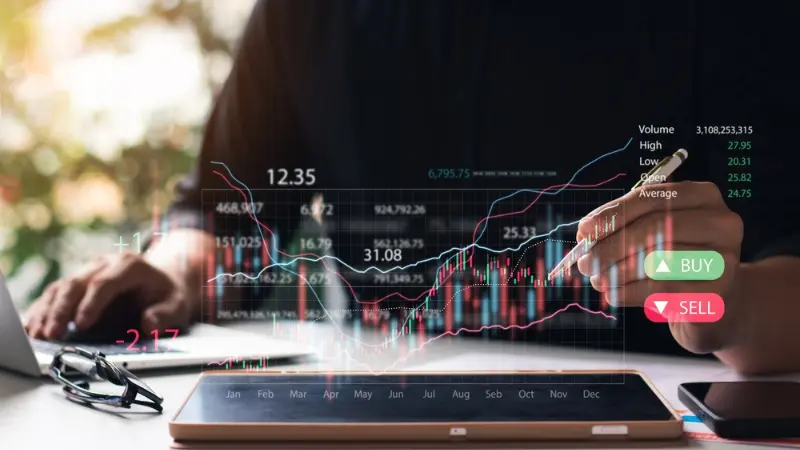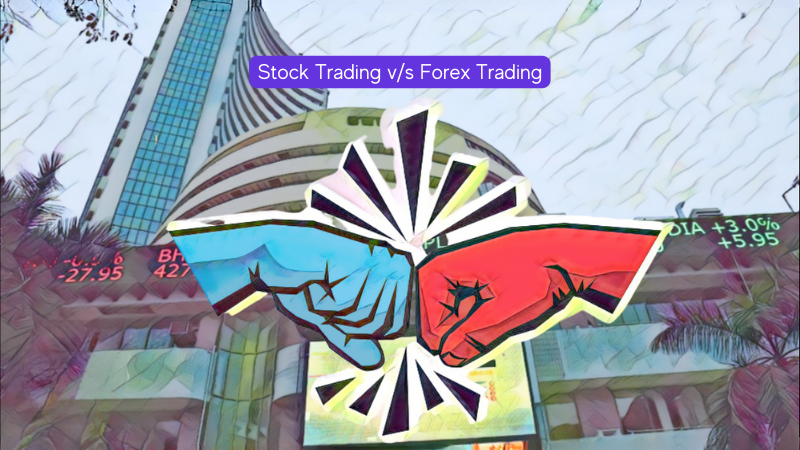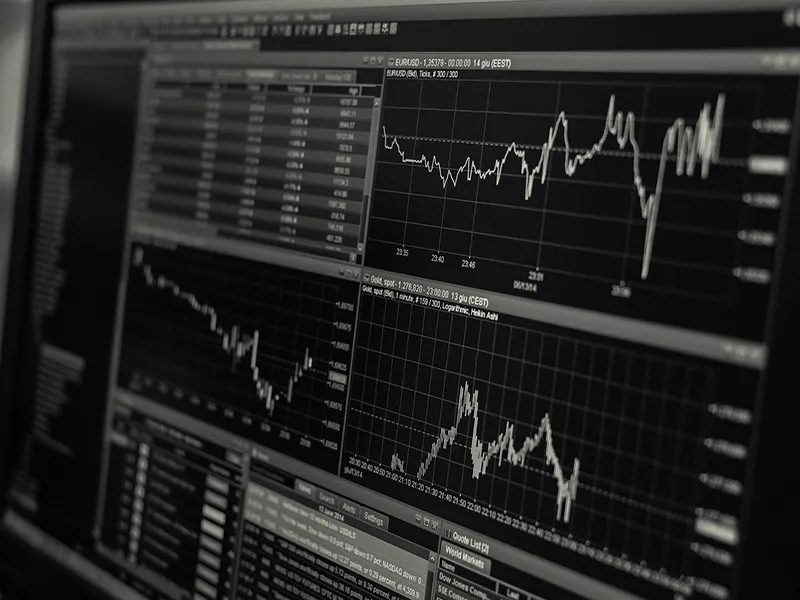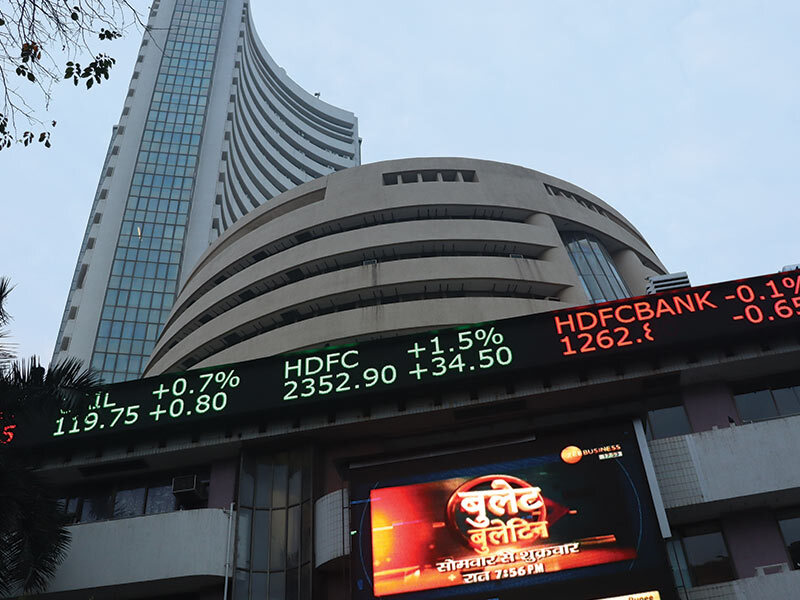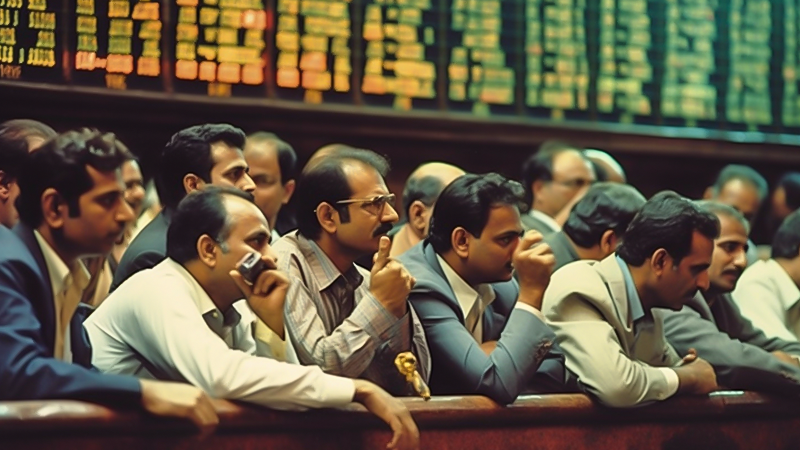
Sensex has been making news this year as it reaches new highs with a bullish market sentiment in India. We keep hearing about Sensex on news channel, from friends who invest regularly in stocks and even while surfing the net. Phrases like the market has crashed, Sensex went up today by 100 points, etc are commonly heard. So, what does Sensex mean? What do Sensex points indicate?
Here, we will simplify the term Sensex for new investors and explain in how Sensex is calculated.
What is Sensex in simple words?
For novice investors, the term Sensex stands for Stock Exchange Sensitive Index. It is the combined value of stocks of 30 selected companies that are listed on the Bombay stock exchange (BSE). These stocks are the most actively traded stocks, along with representing some of the largest corporations. BSE can revise this list of 30 stocks over time.
If Sensex is said to be going up, investors prefer buying stocks as it is a sign that the economy is growing. On the other hand, if Sensex is falling, people hold off their investment in the economy due to a lack of confidence in the economic future. Market research analysts mostly track the Sensex movements to understand the overall growth, industry-specific development, nation’s stock market trend, etc.
Sensex ended above 67,100 in September 2023 as PSU Banks, IT and Metal indices rallied.
How are 30 companies selected in Sensex?
Some primary criteria used in selecting the 30 stocks that comprise Sensex are:
- Should be listed on BSE
- The stock has to be large or mega-cap. Large cap includes companies with market capitalisation between Rs. 7000-20,000 crores. Mega cap includes companies with a market capitalisation above Rs. 20,000 crores.
- Relatively liquid stocks are selected
- Revenue of the company should come from its core activities
- The company should have a diversified and well-balanced sector focus in parallel to the Indian equity market
List of 30 stocks comprising the BSE Sensex:
| Company Name | Weight in Sensex | |
| 1 | Reliance Industries Ltd. | 11.99% |
| 2 | HDFC Bank | 11.84% |
| 3 | Infosys Ltd. | 9.06% |
| 4 | HDFC | 8.30% |
| 5 | ICICI BANK | 7.37% |
| 6 | TCS | 5.76% |
| 7 | KOTAK BANK | 4.88% |
| 8 | HINDUNILVR | 3.75% |
| 9 | ITC | 3.49% |
| 10 | AXISBANK | 3.35% |
| 11 | L&T | 3.13% |
| 12 | BAJFINANCE | 2.63% |
| 13 | SBIN | 2.59% |
| 14 | BHARTIARTL | 2.31% |
| 15 | ASIAN PAINTS | 1.97% |
| 16 | HCLTECH | 1.89% |
| 17 | MARUTI | 1.72% |
| 18 | M&M | 1.48% |
| 19 | ULTRACEMCO | 1.40% |
| 20 | SUNPHARMA | 1.16% |
| 21 | TECHM | 1.11% |
| 22 | TITAN | 1.11% |
| 23 | NESTLEIND | 1.07% |
| 24 | BAJAJFINSV | 1.04% |
| 25 | INDUSINDBK | 1.03% |
| 26 | POWERGRID | 1.03% |
| 27 | TATASTEEL | 1.01% |
| 28 | NTPC | 0.94% |
| 29 | BAJAJ AUTO | 0.86% |
| 30 | ONGC | 0.73% |
When did Sensex start in India?
The BSE Sensex was introduced in 1986 as a market index of the Bombay Stock Exchange (BSE) in India. It originally comprised of 100 companies, but was later reduced to 30 of the largest and most actively traded companies. Over the years, the Sensex has become a widely recognized barometer of the Indian stock market and a benchmark for measuring the performance of the market.
How does the Sensex work?
The BSE Sensex essentially tracks the performance of 30 of the largest and most actively traded companies listed on the Bombay Stock Exchange (BSE) in India. It offers a quick overview of the stock market’s performance and is widely used as a benchmark for the overall performance of the market. Changes in the Sensex are influenced by various factors such as economic growth, government policies, and global events.
How Sensex is calculated ?
Earlier, the Sensex was calculated using the weighted market capitalization method. However, since September 1st, 2003, the BSE Sensex value is calculated using the Free Float Market Capitalization method. Here are the key steps involved in its calculation:
- As a first step of the free-float market capitalization method, a selection is made of 30 companies that form the index. The formula for the same is:
- FreeFloat Market Capitalization = Market Capitalization * FreeFloat Factor.
- In this calculation, the market capitalization stands for the market value of the company. It is calculated as:
- Market capitalization = Share price per share * number of shares issued by the company
- The free Float factor is the percentage representing total shares issued by a company and that is readily available to trade for the common public. This is also a representation of the total outstanding shares of a company. Shares that are issued to the promoters, the government, etc. which are not available for public trading on the market are not included in this factor.
- After determining the free-float market capitalization, the value of BSE Sensex is calculated using the below formula:
- Value of Sensex = (Total free float market capitalization/ Base market capitalization) * Base period index value.
- The base period (year) used here is 1978-79 and the base value is 100 index points.
How Has the Sensex Performed in Recent Decades?
The Sensex, which is a measure of the stock market in India, has gone through ups and downs in recent decades. Generally, it has grown over time but has also faced periods of decline. It has been influenced by various factors such as economic growth, government policies, and global events. In general, the Sensex has been a good indicator of the overall health of the Indian stock market and has shown strong growth over the long term. However, it’s important to keep in mind that the stock market can be volatile in the short term, and past performance is not always an indicator of future results.
In the last decade, the Sensex surged from around 18,000 to over 60,000 levels.
Conclusion
The BSE Sensex is a valuable tool for tracking the performance of the Indian stock market and the largest, most actively traded companies listed on the Bombay Stock Exchange. It provides an overview of market trends and helps investors make informed investment decisions. It is widely considered as a benchmark for the overall performance of the market.














